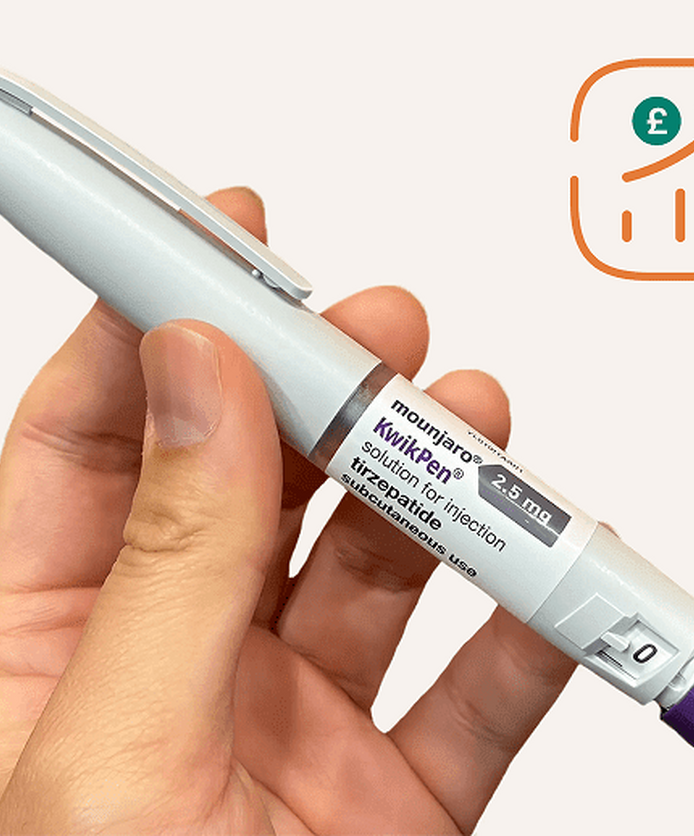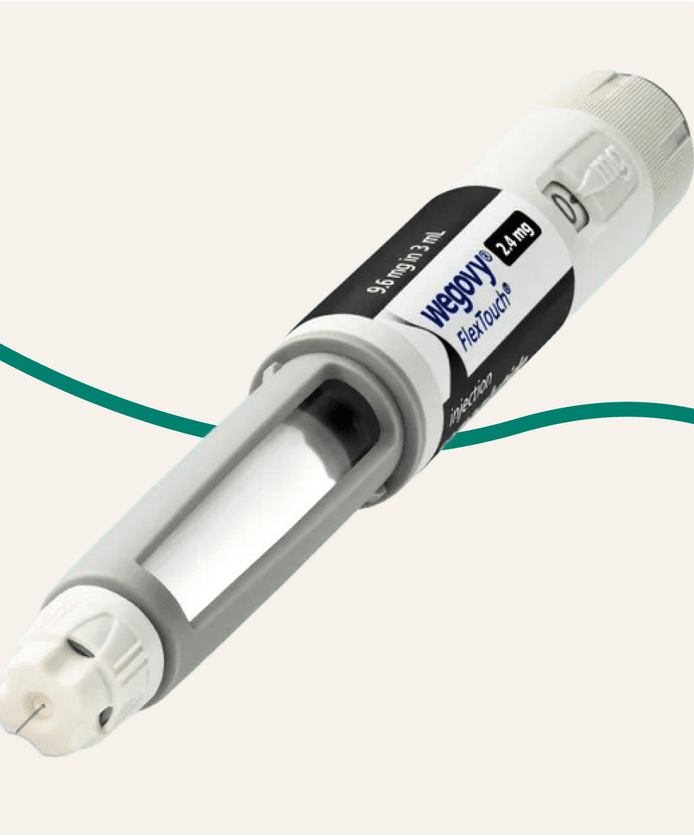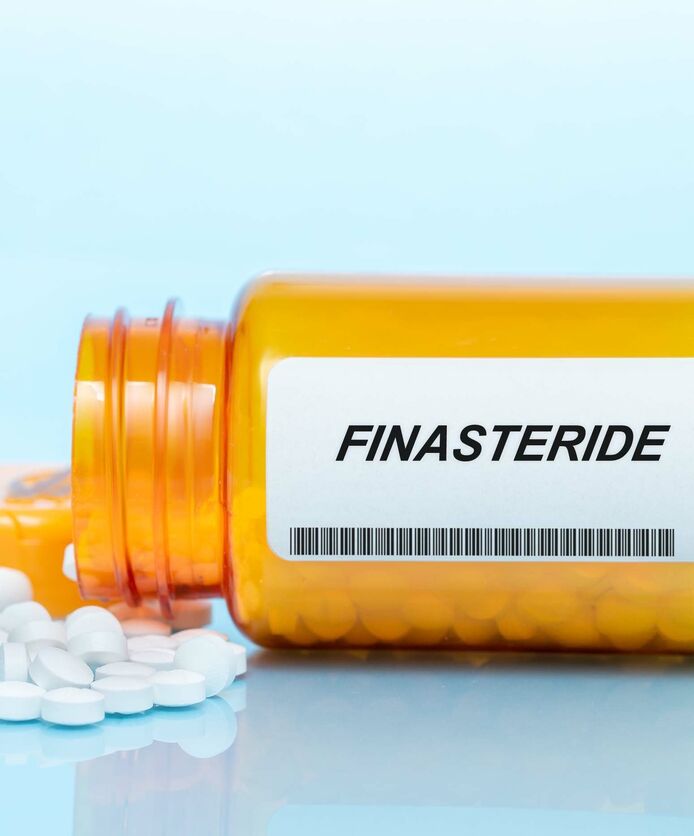- Home
- Pharmacy Shop
- Paracetamol 500mg
Frequently asked questions
-
What is paracetamol used for?
Paracetamol 500mg tablets are commonly used to alleviate mild to moderate pain and reduce fever. It's effective for various conditions like headache, toothache, muscle pain, and menstrual cramps.
-
How does paracetamol work?
Paracetamol works by blocking chemical messages in the brain that transmit pain signals and regulate body temperature. It reduces the production of prostaglandins, which are responsible for pain and fever.
-
Can children take paracetamol tablets?
Paracetamol tablets are not suitable for children under 10 years old. Children aged 10-15 can take 1 tablet every 4-6 hours, while adults and those over 16 can take 2 tablets every 4 hours, up to a maximum of 4 doses in 24 hours.
-
Paracetamol tablets are not suitable for children under 10 years old. Children aged 10-15 can take 1 tablet every 4-6 hours, while adults and those over 16 can take 2 tablets every 4 hours, up to a maximum of 4 doses in 24 hours.
Side effects of paracetamol are rare when taken as directed. However, severe allergic reactions may include rash, swelling, and difficulty breathing. It's important to seek medical attention immediately if you experience these symptoms.
-
Can I overdose on paracetamol?
Yes, taking more than the recommended dosage of paracetamol, even by accident, can lead to an overdose. Symptoms may include nausea, vomiting, and abdominal pain. If you suspect an overdose, seek medical help immediately.
Latest Articles

Written by Sobia Qasim, Reviewed by Usma Parveen -
21st August 2025
What to Do About the Mounjaro Price...

Written by Sobia Qasim, Reviewed by Usma Parveen -
21st August 2025
Does Propecia work?

Written by Sobia Qasim, Reviewed by Usma Parveen -
18th August 2025
Switching from Mounjaro to Wegovy:...

Written by Sobia Qasim, Reviewed by Usma Parveen -
15th August 2025
What are the side effects of Propecia?

Written by Sobia Qasim, Reviewed by Usma Parveen -
25th July 2025
What is Propecia?

Written by Sobia Qasim, Reviewed by Usma Parveen -
25th July 2025
